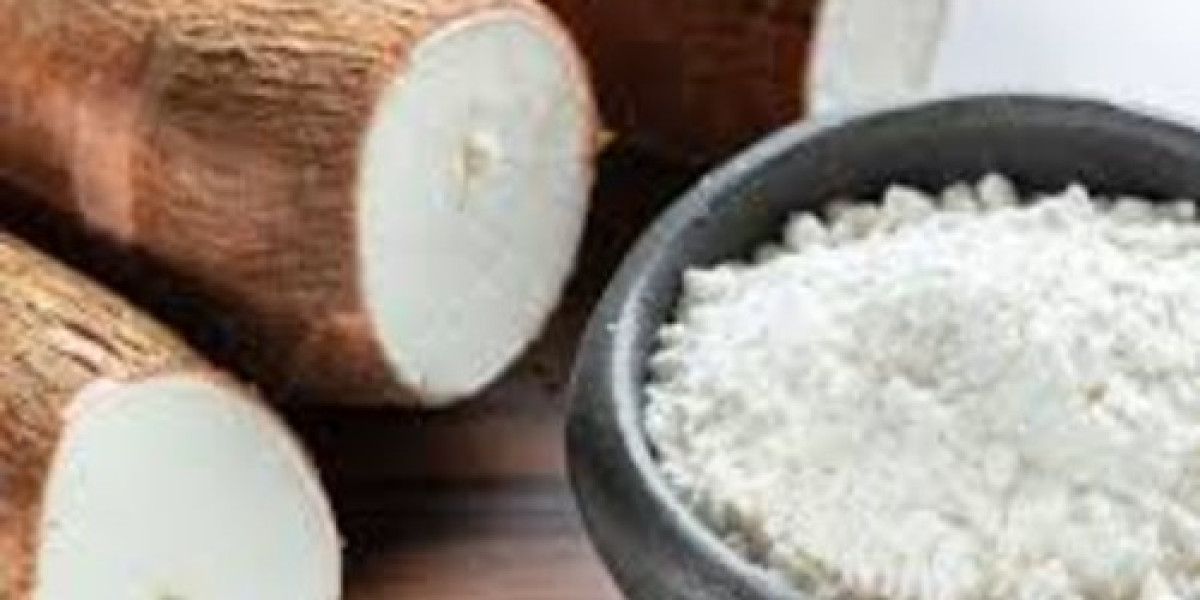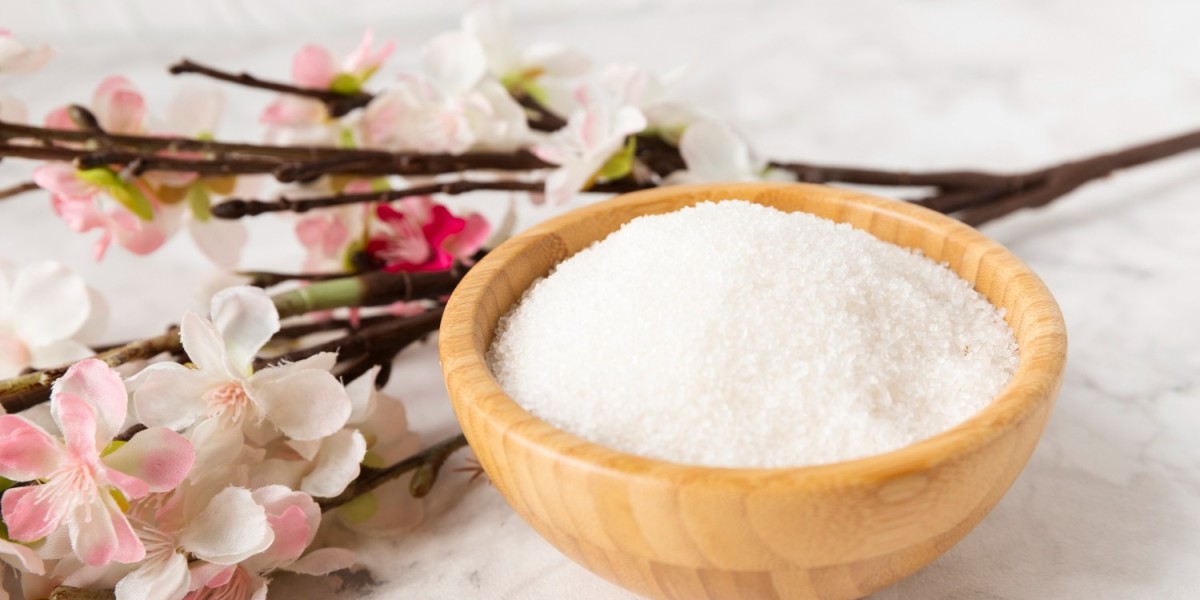The native starch market is a dynamic and evolving sector that plays a critical role in various industries, including food and beverage, pharmaceuticals, and personal care. Derived from natural sources like corn, potato, and tapioca, native starches are valued for their versatility, functionality, and clean-label appeal. As consumer preferences shift and industry standards evolve, it is essential to explore the current trends shaping the native starch market and what they mean for future development.
Rise of Clean-Label Products
One of the most significant trends influencing the native starch market is the growing consumer demand for clean-label products. Today’s consumers are more health-conscious and discerning about the ingredients in their food. They seek products with natural, recognizable ingredients and minimal processing. Native starches fit this demand perfectly, as they are derived from natural sources and can be used without extensive modifications.
Food manufacturers are increasingly reformulating products to eliminate artificial additives and emphasize natural ingredients. This trend is driving the incorporation of native starches as thickening agents, stabilizers, and emulsifiers. Brands that highlight their use of native starches in clean-label formulations are better positioned to attract health-conscious consumers looking for transparency and quality in their food choices.
Growing Demand for Plant-Based Alternatives
The rise of plant-based diets is another critical trend impacting the native starch market. With more consumers adopting vegan and flexitarian lifestyles, the demand for plant-based products is surging. Native starches are essential in developing meat substitutes, dairy alternatives, and snacks, providing texture and mouthfeel that mimic traditional animal-based products.
Manufacturers are leveraging the functional properties of native starches to create innovative formulations that meet consumer expectations. For example, in meat alternatives, native starches can enhance juiciness and improve bite texture, making the products more appealing to those transitioning to plant-based diets. This trend is likely to continue as the plant-based movement gains momentum, providing substantial growth opportunities for native starches in various applications.
Sustainability and Ethical Sourcing
Sustainability has emerged as a central theme in the food and ingredient sectors, significantly influencing consumer choices and brand loyalty. Today's consumers are more environmentally conscious, often prioritizing products that align with their values regarding sustainability and ethical sourcing. This trend is prompting companies to focus on responsible sourcing practices and eco-friendly production methods.
The demand for organic and non-GMO native starches is on the rise, as consumers increasingly seek products that reflect their commitment to sustainability. Brands that can effectively communicate their sustainability efforts—such as using organic native starches or implementing environmentally friendly manufacturing processes—are likely to resonate more with eco-conscious consumers. This emphasis on sustainability is shaping product development and marketing strategies across the native starch market.
Technological Innovations
Technological advancements are also playing a crucial role in shaping the native starch market. Innovations in extraction and processing techniques are enabling manufacturers to produce higher-quality native starches more efficiently and sustainably. For instance, methods like cold water extraction and enzymatic modification are gaining popularity, as they reduce energy consumption and waste while enhancing the functional properties of native starches.
Additionally, biotechnology is leading to the development of native starches with tailored characteristics. Enzyme technology allows for modifications that enhance the digestibility and functionality of starches, catering to health-conscious consumers seeking low-glycemic and gluten-free options. As manufacturers continue to explore these technological innovations, they can create new applications for native starches across various industries.
Expanded Applications in Pharmaceuticals and Personal Care
Beyond food and beverage, native starches are increasingly being recognized for their potential in the pharmaceutical and personal care industries. In pharmaceuticals, native starches serve as excipients in drug formulations, functioning as binders, fillers, and disintegrants. Their biocompatibility and functional attributes make them ideal for various drug delivery systems.
Similarly, in the personal care sector, native starches are finding applications in cosmetic formulations. Their thickening and stabilizing properties make them valuable ingredients in creams, lotions, and other beauty products. The trend toward clean and natural beauty aligns well with the increasing use of native starches, providing opportunities for growth and diversification in this sector.
Competitive Landscape
As the native starch market evolves, companies are adopting various competitive strategies to stay ahead. Investment in research and development is crucial for innovation and meeting changing consumer demands. Companies are focusing on creating native starch products with enhanced functionalities that cater to specific applications, whether in food, pharmaceuticals, or personal care.
Collaboration and partnerships are also becoming increasingly important in the industry. By forming alliances with research institutions and other stakeholders, companies can share knowledge and resources, fostering innovation and speeding up product development. These collaborations often lead to the creation of cutting-edge solutions that meet emerging market needs.
Conclusion
The native starch market is witnessing significant changes driven by trends such as the demand for clean-label products, the rise of plant-based diets, sustainability, technological innovations, and expanded applications in pharmaceuticals and personal care. As consumer preferences continue to evolve, companies must adapt and innovate to remain competitive.
By understanding these trends and their implications, stakeholders can position themselves for success in this dynamic market. The future of the native starch market looks promising, with ample opportunities for growth and innovation that will ultimately benefit consumers and industries alike. As the market evolves, those who embrace these trends and leverage technological advancements will thrive in this competitive landscape.








